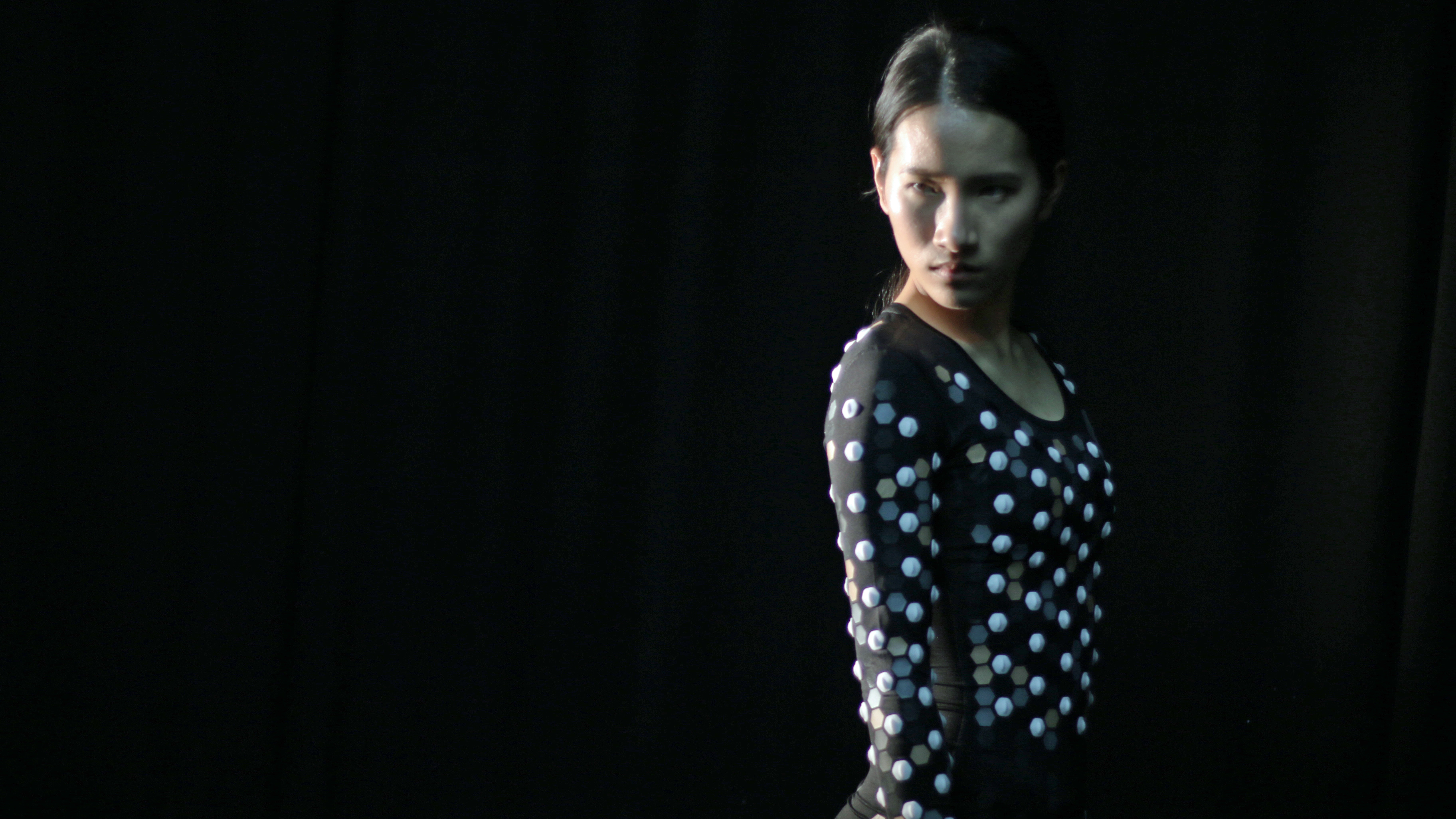
The STEM (science, technology, engineering and maths) skills shortage is a big worry for the global tech industry. Could adding arts to the equation – turning STEM into STEAM – turn things around, making the field more appealing and giving the new generation of tech experts an edge?
Apple’s chief designer officer Jony Ive believes so, and this month he steps into a new role as chancellor of London’s Royal College of Art, taking over from James Dyson. The honorary position makes Ive a figurehead for the college’s move towards a STEAM-based, post-grad curriculum.
"I am thrilled to formalize my relationship with the RCA, given the profound influence the college has had on so many of the artists and designers that I admire," Ive said in a press release. "Our design team includes many RCA alumni, who embody the fundamental values of the college. I look forward to advising both the college and students, hoping that my experience proves useful in their work."
Why add art?
“The shift from STEM to STEAM is important as design will make technology better – more accepted, relevant to human need and much more desirable and useful,” Rama Gheerawo, Director of the Helen Hamlyn Centre for Design and the RCA Reader in Inclusive Design, tells TechRadar. “From driverless cars to AI, VR and AR, design can ensure that new technology benefits people across the board.”
Ive’s people-focused designs are a great fit for the RCA, which has been bringing art and design expertise to the tech industry for 10 years.

Its past collaborations have included an eight-week project in partnership with BlackBerry, which explored how digital technology can serve cultural groups. The resulting student projects use hardware and online platforms to help communities record and share music, stories and ideas, giving them a voice and connecting them in new ways.
The RCA also partnered with Intel to host a funded technologist-in-residence – a role that opens up technology to non-technical specialists. The position is based in the School of Design’s Mechatronics Lab, where Intel provides gear like Arduino boards, soldering and testing equipment that might otherwise be tricky for students to get hold of.
Sign up for breaking news, reviews, opinion, top tech deals, and more.
The college is planning more such STEAM-focused collaborations in the future, and believes that “the real step changes in solving the world’s most pressing challenges are made when scientists, engineers, artists, designers, writers and historians work together.”
The history of STEAM
Although it’s only recently become an official part of the curriculum at the RCA, the term STEAM has been around for while. It originated in the US, where it was pioneered by Rhode Island School of Design.
RISD has a whole curriculum dedicated to bringing the five disciplines together, with a goal “to foster the true innovation that comes with combining the mind of a scientist or technologist with that of an artist or designer.”
RISD has been instrumental in making STEAM part of the wider academic world – and not only in higher education. Sara Sweetman, an assistant professor at the school, has helped the producers of kids’ TV show Sesame Street integrate STEM into their scripts since 2007.
Sweetman checks for scientific accuracy, and makes sure sure the scripts are suitable for the young audience to understand. Sesame Street’s 43rd season, which began in 2012, added art to the mix to show how the subjects link together and make the drier scientific and mathematical concepts more appealing to kids.
It’s a noble goal, but not everyone sees STEAM as a natural evolution of STEM, and the concepts have been pitched as opponents. Proponents of traditional STEM programs, including Gary S May, Dean of Georgia Tech’s College of Engineering, have argued that the arts are already naturally part of the area (as part of design and communication), and STEAM risks making the science and maths less academically rigorous.

However, the loudest voices seem to originate outside the technology industry itself, and May’s is a rare one in academia.
His sentiments are certainly ones that the late Steve Jobs, who worked alongside Ive on Apple’s most famous products, fiercely disagreed with, as he made clear at the launch of the iPad 2 in 2011: “I've said this before, but thought it was worth repeating: It's in Apple's DNA that technology alone is not enough. That it's technology married with liberal arts, married with the humanities, that yields us the result that makes our hearts sing.”

Cat is TechRadar's Homes Editor specializing in kitchen appliances and smart home technology. She's been a tech journalist for 15 years, having worked on print magazines including PC Plus and PC Format, and is a Speciality Coffee Association (SCA) certified barista. Whether you want to invest in some smart lights or pick up a new espresso machine, she's the right person to help.